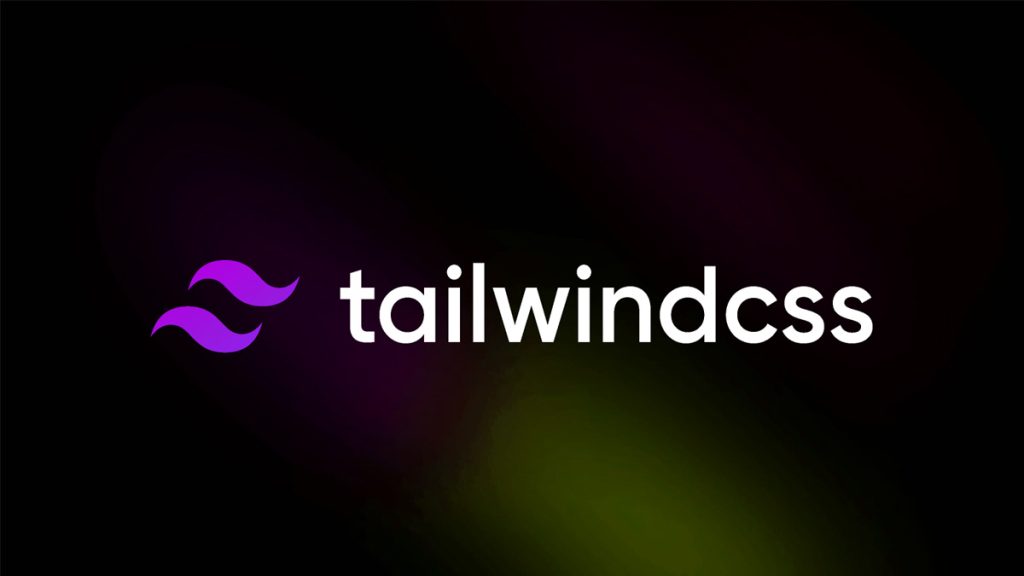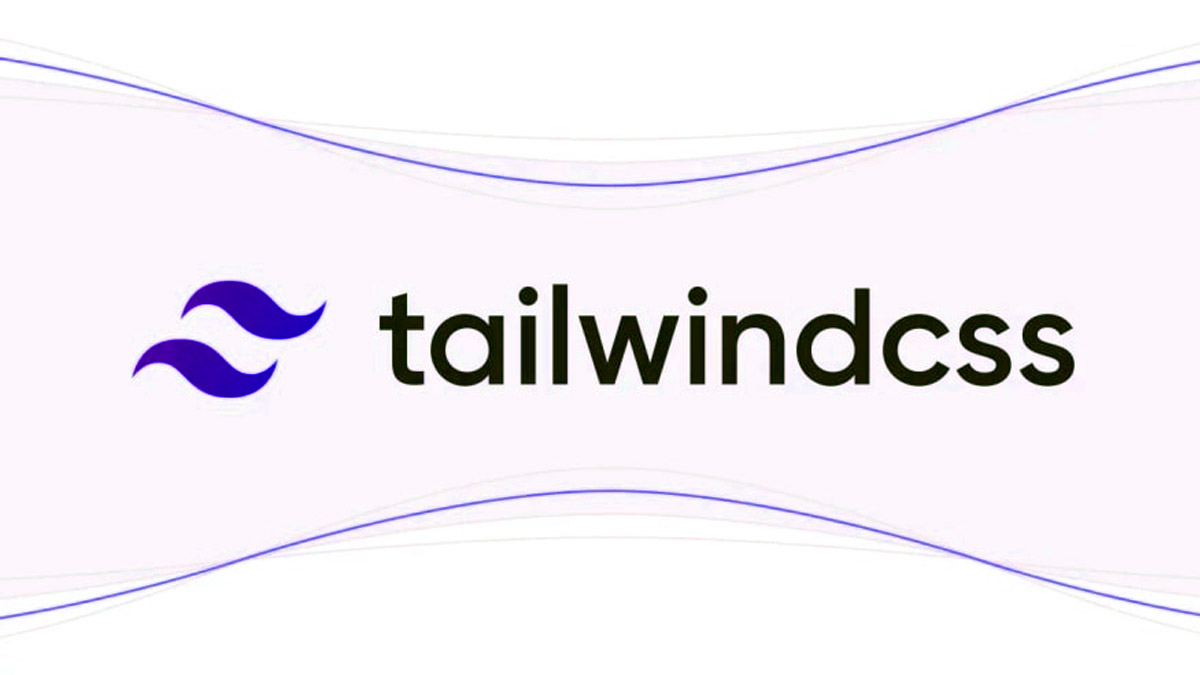In the ever-evolving landscape of web development, finding the right tools to streamline your workflow is crucial. Tailwind CSS has gained significant popularity for its utility-first approach, but it’s not always the perfect fit for every project. Whether you’re looking for more flexibility, simplicity, or a different feature set, there are several alternatives worth exploring.
Understanding Tailwind CSS
Before diving into alternatives, let’s briefly discuss what Tailwind CSS offers. Tailwind CSS is a utility-first CSS framework that provides a set of pre-designed utility classes to help you quickly build custom designs without writing traditional CSS. It’s known for its simplicity, efficiency, and ability to speed up the development process.
Why Consider Alternatives?
While Tailwind CSS has many advantages, it may not be the best choice for every project. Some developers find its verbose markup cumbersome, while others prefer a more traditional CSS approach. Additionally, if you’re working on a project that requires a different design philosophy or specific features not provided by Tailwind CSS, exploring alternative options is essential.
Factors to Consider When Choosing an Alternative
When evaluating alternatives to Tailwind CSS, several factors come into play:
1. Flexibility
Consider how flexible the alternative framework is in terms of customization and adaptability to different project requirements.
2. Performance
Evaluate the performance of the alternative framework, including its file size, rendering speed, and impact on page load times.
3. Community Support
Check the level of community support and documentation available for the alternative framework, as this can significantly impact your development experience.
4. Learning Curve
Assess the learning curve associated with the alternative framework, especially if you or your team are already familiar with Tailwind CSS.
Top Tailwind CSS Alternatives

Now, let’s explore some of the top alternatives to Tailwind CSS that offer unique features and benefits:
1. Bulma
Bulma is a modern CSS framework based on Flexbox. It offers a clean and intuitive syntax, making it easy to learn and use. With a wide range of components and modifiers, Bulma provides flexibility without sacrificing simplicity.
2. Bootstrap
Bootstrap is one of the most popular CSS frameworks, known for its extensive documentation and robust component library. It offers a more traditional approach to CSS styling, making it suitable for projects where customization is a priority.
3. Foundation
Foundation is a responsive front-end framework that provides a comprehensive set of tools for building websites and web applications. It offers a modular approach, allowing you to pick and choose the components you need for your project.
4. UIKit
UIKit is a lightweight and modular front-end framework that offers a rich set of components and utilities. It focuses on simplicity and flexibility, making it easy to customize and extend to fit your project’s requirements.
Digging Deeper into Tailwind CSS Alternatives
Materialize CSS
Materialize CSS is a modern responsive front-end framework based on Google’s Material Design. It offers a comprehensive set of UI components, including cards, buttons, and navigation bars, designed to provide a consistent and intuitive user experience across different devices and screen sizes.
Semantic UI
Semantic UI is a development framework that helps create beautiful, responsive layouts using human-friendly HTML. It focuses on semantic HTML and emphasizes readability, making it easy for developers to understand and maintain code. With a wide range of UI components and themes, Semantic UI offers flexibility and customization options.
Chakra UI
Chakra UI is a simple, modular, and accessible component library that helps build React applications with ease. It provides a set of customizable components and hooks designed to enhance developer productivity and improve the accessibility of web applications.
Pure CSS
Pure CSS is a set of small, responsive CSS modules that can be used independently or combined to create beautiful and lightweight designs. It focuses on simplicity and performance, with minimal footprint and no external dependencies, making it an excellent choice for projects where performance is a priority.
Tailwind CSS with JIT (Just-In-Time) Mode
While not a traditional alternative, Tailwind CSS with JIT mode deserves mention. JIT mode is a new compilation mode introduced in Tailwind CSS v2.1, which significantly improves build times and optimizes the generated CSS file size. If you’re already familiar with Tailwind CSS but struggle with long build times, JIT mode might be the solution you’re looking for.
Making the Right Choice
With so many alternatives to Tailwind CSS available, choosing the right one can be challenging. To make an informed decision, consider the specific requirements and constraints of your project, such as design preferences, development workflow, and performance goals. Experiment with different frameworks and weigh their pros and cons before settling on the one that best meets your needs.
Final Thoughts
In the fast-paced world of web development, staying abreast of the latest tools and technologies is crucial for success. While Tailwind CSS remains a popular choice for many developers, exploring alternative frameworks can uncover new possibilities and enhance your development experience. Whether you’re seeking greater flexibility, performance optimization, or a different design philosophy, the plethora of Tailwind CSS alternatives ensures there’s something for everyone.
